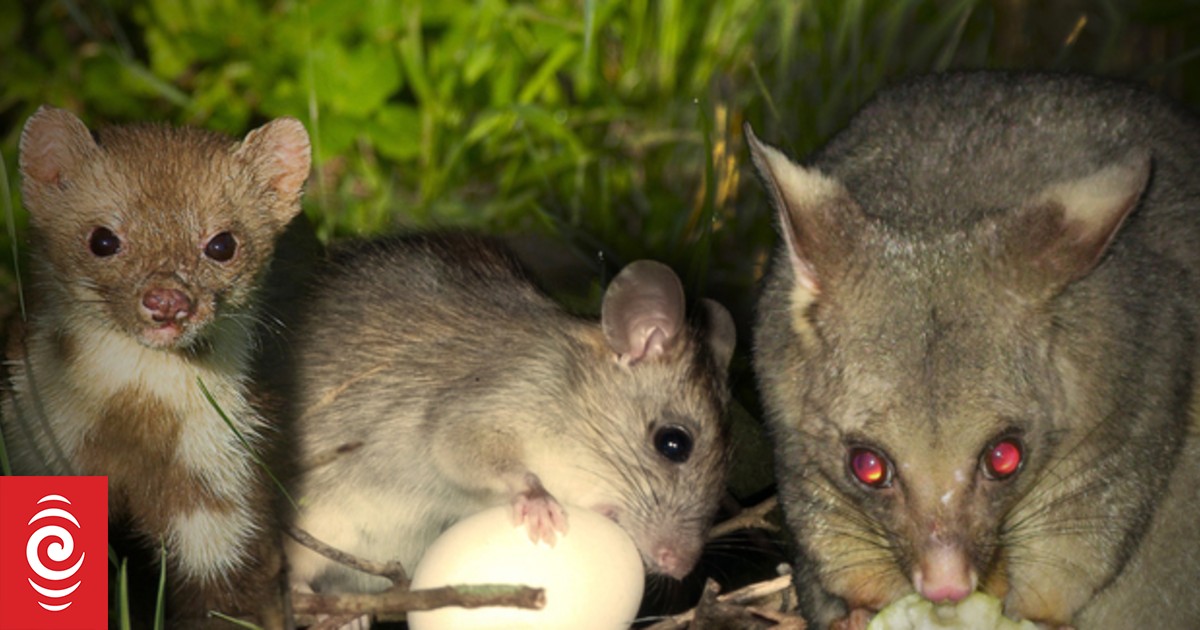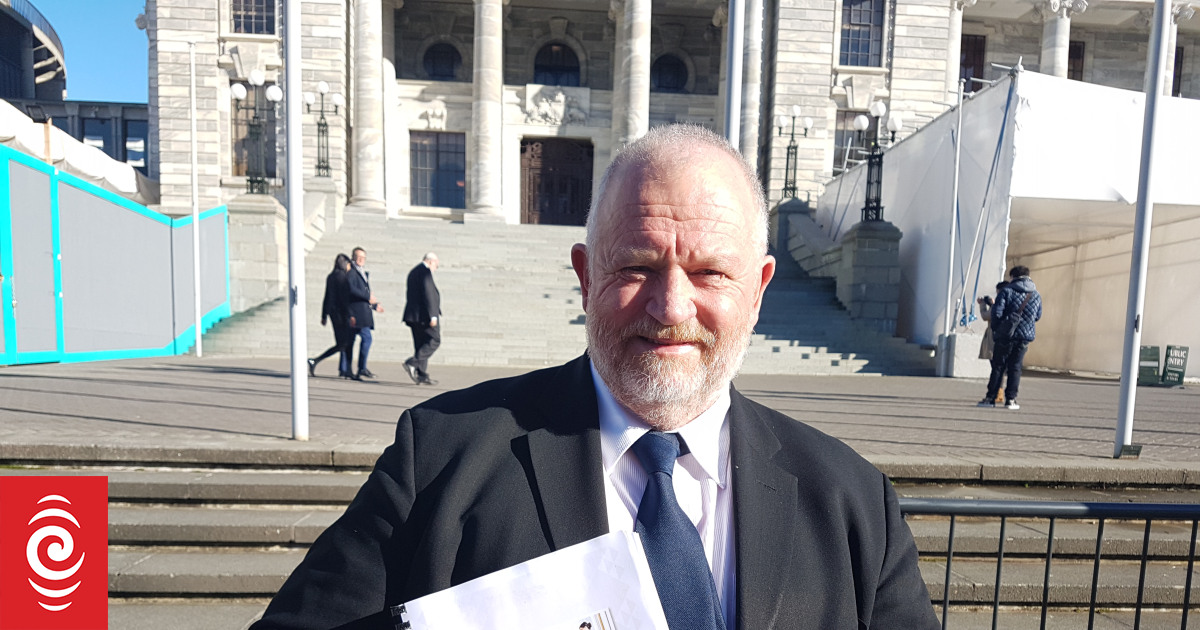
The project’s initial aim is to rid five peninsulas in the Kaipara Harbour of pests such as the stoats, possums and rats seen here, as well as weasels, ferrets, pigs, and feral cats. File picture.
Photo: 123rf
An ambitious hapū-led project aims to restore ecosystems and eradicate pests across the vast, 600,000-hectare catchment of New Zealand’s – and the Southern Hemisphere’s – biggest harbour.
Poipoia Te Kākano is due to signed into effect today at Te Hana, on the Auckland-Northland boundary.
The partnership agreement brings together three Kaipara uri groups – Te Uri o Hau, Te Roroa and Ngā Maunga Whakahii – with Auckland Council, Northland Regional Council, and the Department of Conservation.
The initial aim is to rid five peninsulas in the Kaipara Harbour of pest animals including possums, rats, stoats, weasels, ferrets, pigs, and feral cats.
The project will eventually expand to cover the entire Kaipara catchment, a vast area that extends as far south as West Auckland and almost to the Bay of Islands in the north.
The area around Kaipara Harbour is a refuge for many endangered species, including tara iti (the fairy tern, New Zealand’s rarest bird), mātātā (North Island fernbird), and kiwi.
The dunes and lakes along its western edge provide habitat for matuku-hūrepo (Australasian bittern), moho pererū (banded rail), tūturiwhatu (New Zealand dotterel), and other species.
The Kaipara is also an important feeding area for the kuaka (bar-tailed godwit), a migratory bird renowned for the world’s longest non-stop flights.

The Kaipara Harbour, New Zealand’s largest harbour, is home to threatened species such as the tūturiwhatu or New Zealand dotterel.
Photo: Di Waring
Auckland councillor Richard Hills said the project aimed to protect special ecosystems inhabited by many endangered species under threat from introduced pest animals.
“This initiative will focus on predator control, restoring native species and protecting an ecological sanctuary that acts as a haven for migratory birdlife from all over the world, and as nature’s corridor between Auckland and Northland. What we do to protect this precious area has a flow-on effect for other ecologically significant areas in Aotearoa,” he said.
Victoria Kurupō, project lead for Poipoia Te Kākano, said the partnership’s goal was to combat the predator invasions threatening the region’s biodiversity.
“Our work is deeply rooted in the principles of kaitiakitanga (guardianship) and mātauranga (traditional knowledge). This initiative is about creating a sustainable future for both our environment and our communities.”
Kurupō said support from Predator Free 2050 had allowed the team to plan predator elimination strategies and identify the needs of each peninsula.
The initial focus on the five Kaipara peninsulas – Poutō, Hukatere (Tinopai), Puketōtara (Ōneriri), Ōkahukura (Tāporapora), and Te Korowai o Tonga (South Head) – was inspired by the legendary taniwha Pokopoko Whiti te Rā.
The partnership agreement, named Kia Puawai ki Kaipara, is due to be signed at Te Hana Te Ao Marama Marae.
It is one of two Māori-led Predator Free 2050 projects in Auckland.
A separate project, Kaipara Moana Remediation, aims to restore the harbour’s health by halving the 700,000 tonnes of sediment washed into its waterways each year.
The 10-year project, which also targets the harbour’s entire 600,000ha catchment, has so far seen 2 million trees planted and 800km of streams fenced off.
Kaipara Moana Remediation is funded with $100 million from the government’s Jobs For Nature and a similar sum from councils, conservation groups, and other partners.




